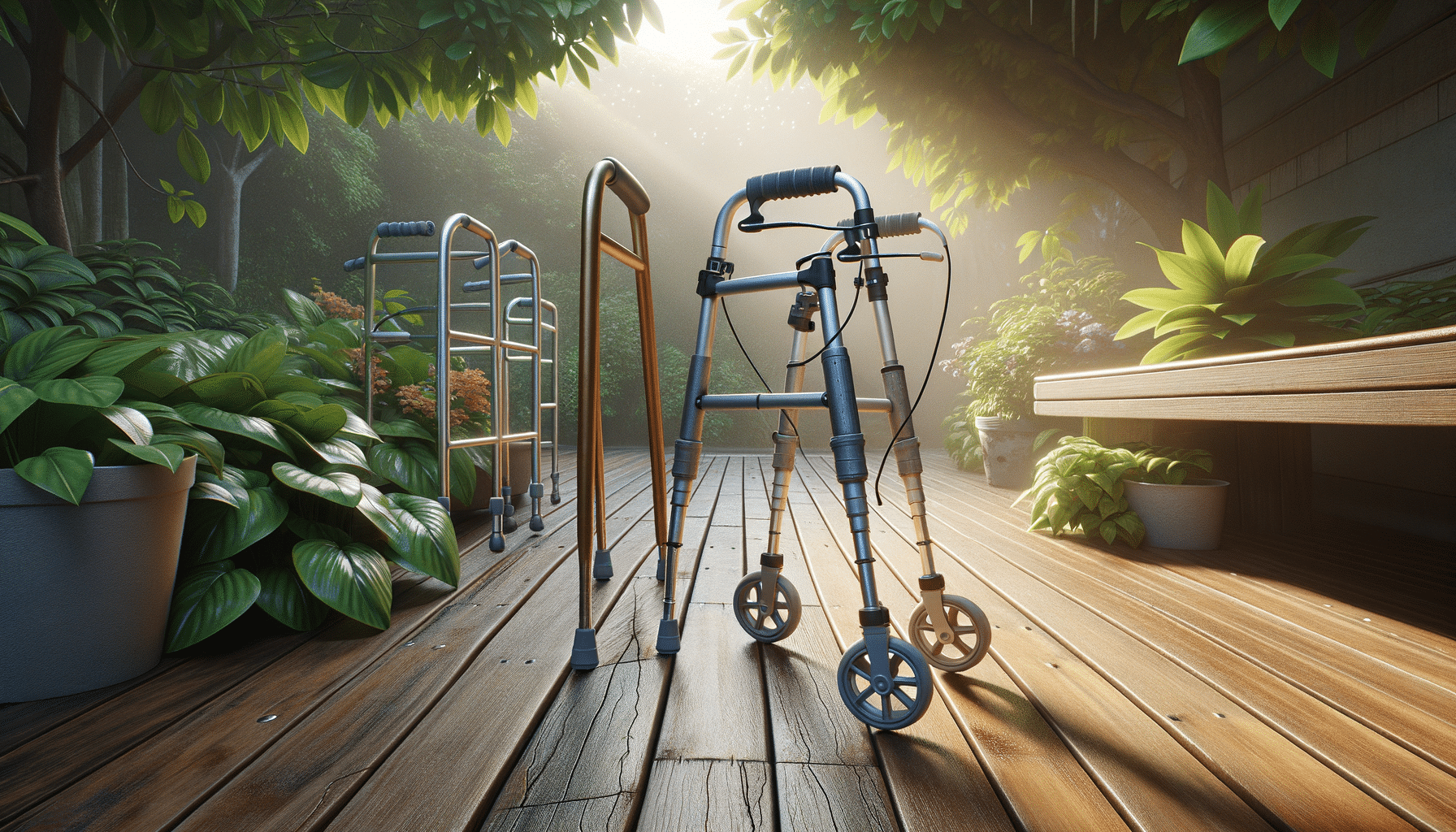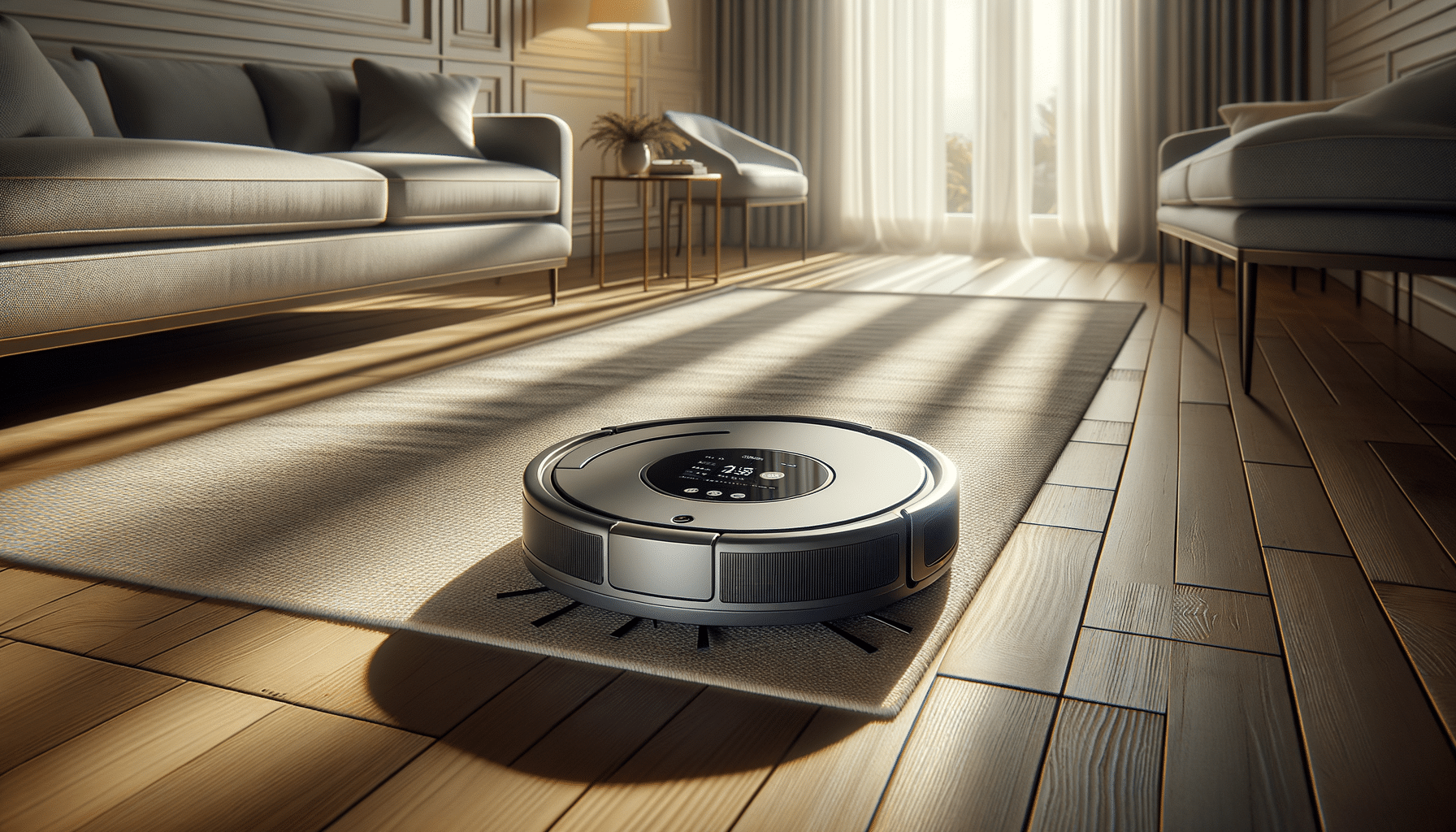
walking aids for the elderly
The Importance of Walking Aids for the Elderly
As we age, maintaining mobility becomes increasingly essential for a fulfilling and independent life. Walking aids for the elderly play a crucial role in enhancing mobility, ensuring safety, and boosting confidence. These devices are not merely tools for support; they represent freedom and autonomy, allowing seniors to engage in daily activities with greater ease and less fear of accidents.
Walking aids for the elderly are designed to address specific mobility challenges. With age, balance, strength, and coordination can decline, making it difficult to walk unaided. This is where walking aids become invaluable. They offer stability, reduce the risk of falls, and help maintain an active lifestyle. These aids are not just about physical support but also about providing psychological assurance, knowing that there is a reliable tool to lean on.
Moreover, walking aids for the elderly can significantly improve quality of life. By enabling seniors to move around more freely, these aids help reduce feelings of isolation and depression that may arise from mobility limitations. They facilitate participation in social activities, visits to friends and family, and even simple pleasures like a walk in the park, all of which contribute to overall well-being.
Types of Walking Aids for the Elderly
There are several types of walking aids for the elderly, each catering to different needs and levels of mobility. Understanding the variety available can help in selecting the most appropriate aid for individual requirements.
Cane: The simplest form of walking aid, canes provide support and balance. They are ideal for those who need slight assistance or have minor balance issues. Canes come in various styles, including single-point and quad canes, the latter offering more stability.
Walker: Walkers offer more support than canes and are suitable for individuals who require help with both balance and weight-bearing. They are available in different models, such as standard walkers, which require lifting, and wheeled walkers, which are easier to maneuver.
Rollator: A rollator is a walker with wheels on all four legs, often equipped with a seat and storage basket. This type of walking aid is perfect for those who can walk but need a place to rest periodically. The wheels make it easy to move, and the seat offers convenience during longer outings.
Crutches: Although less common among the elderly, crutches can be useful for those recovering from an injury or surgery. They allow for more significant weight-bearing support, typically used in pairs to aid walking.
Choosing the Right Walking Aid
Selecting the right walking aid for the elderly is crucial for ensuring comfort and effectiveness. Several factors should be considered to make an informed choice.
Mobility Level: Assess the individual’s mobility level. A cane might suffice for minor balance issues, while a walker or rollator may be necessary for more significant support needs.
Environment: Consider where the walking aid will be used most frequently. For indoor use, a lightweight walker might be ideal, while a rollator with sturdy wheels could be better suited for outdoor activities.
Physical Condition: Evaluate the user’s physical condition, including strength and coordination. This assessment will help determine whether a simple cane or a more supportive walker is needed.
Comfort and Fit: Ensure the walking aid is comfortable and fits the user correctly. Adjustable height and ergonomic handles can make a significant difference in comfort and usability.
Consultation: Consulting with healthcare professionals such as physical therapists can provide valuable insights and recommendations tailored to individual needs.
Benefits of Walking Aids for the Elderly
Walking aids for the elderly offer numerous benefits, impacting both physical and mental health positively.
Increased Safety: By providing stability, walking aids significantly reduce the risk of falls, a common and serious concern for the elderly. This safety aspect is crucial in preventing injuries and maintaining independence.
Enhanced Mobility: Walking aids enable seniors to move around more freely, whether it’s within their home or in the community. This enhanced mobility promotes an active lifestyle, which is essential for maintaining health and vitality.
Improved Confidence: With the support of a walking aid, many elderly individuals feel more confident in their ability to navigate various environments. This confidence can lead to increased social interaction and participation in activities that might otherwise be avoided.
Mental Health Benefits: The ability to stay active and engaged in the community has a positive effect on mental health. Walking aids help combat feelings of isolation and depression by encouraging social interactions and outdoor activities.
Conclusion: Embracing Walking Aids for a Better Quality of Life
Walking aids for the elderly are more than just mobility tools; they are companions that support independence, safety, and confidence. By carefully choosing the right type of aid, seniors can enjoy a higher quality of life, maintaining their freedom and active participation in daily activities.
Understanding the different types of walking aids available and their benefits can empower seniors and their caregivers to make informed decisions that align with their needs and lifestyle. Whether it’s a simple cane or a more robust rollator, the right walking aid can make all the difference in ensuring a safe, active, and fulfilling life.
As we embrace these aids, we acknowledge their role in enhancing the lives of the elderly, providing not just physical support but also the freedom to continue enjoying life to its fullest.


